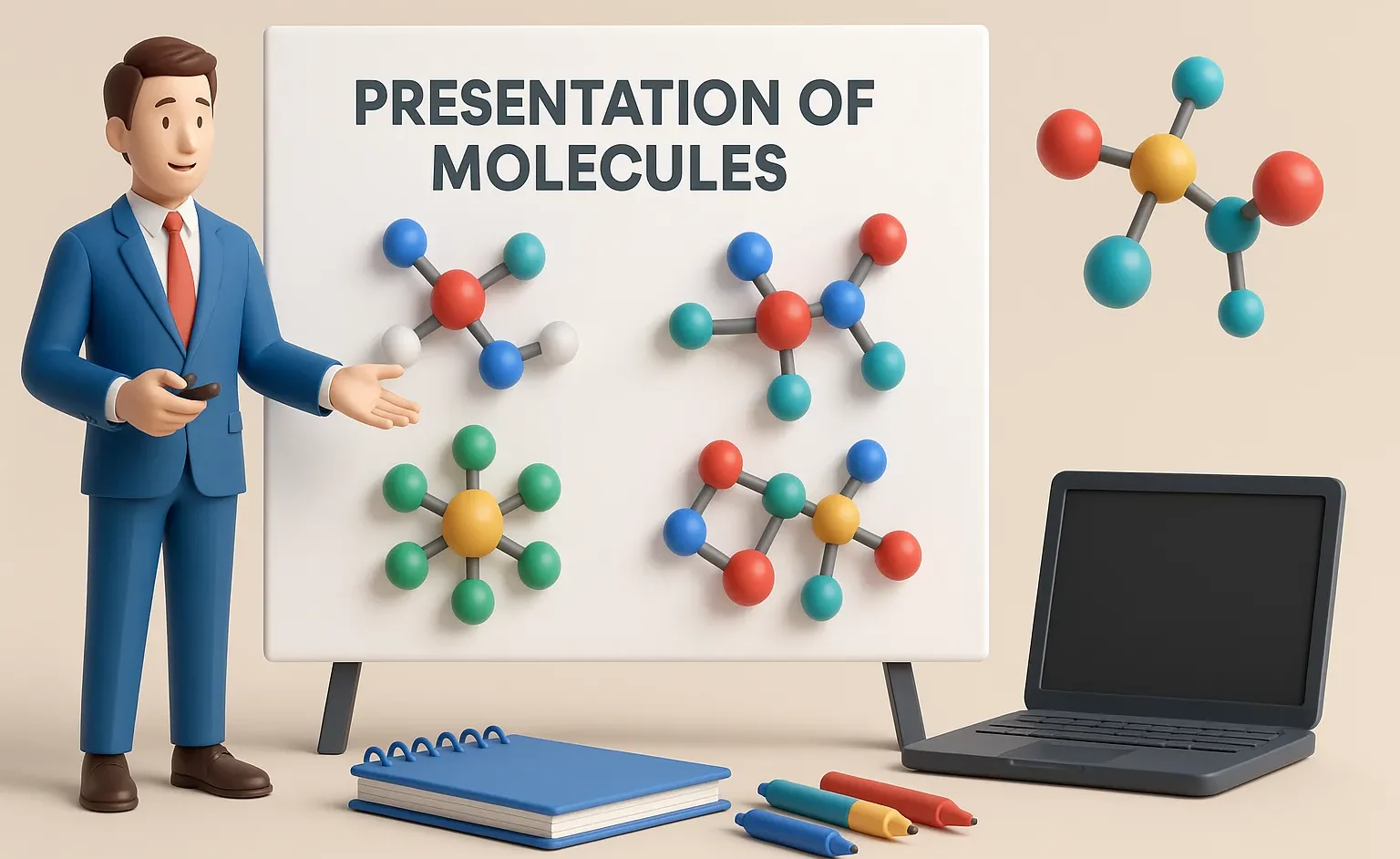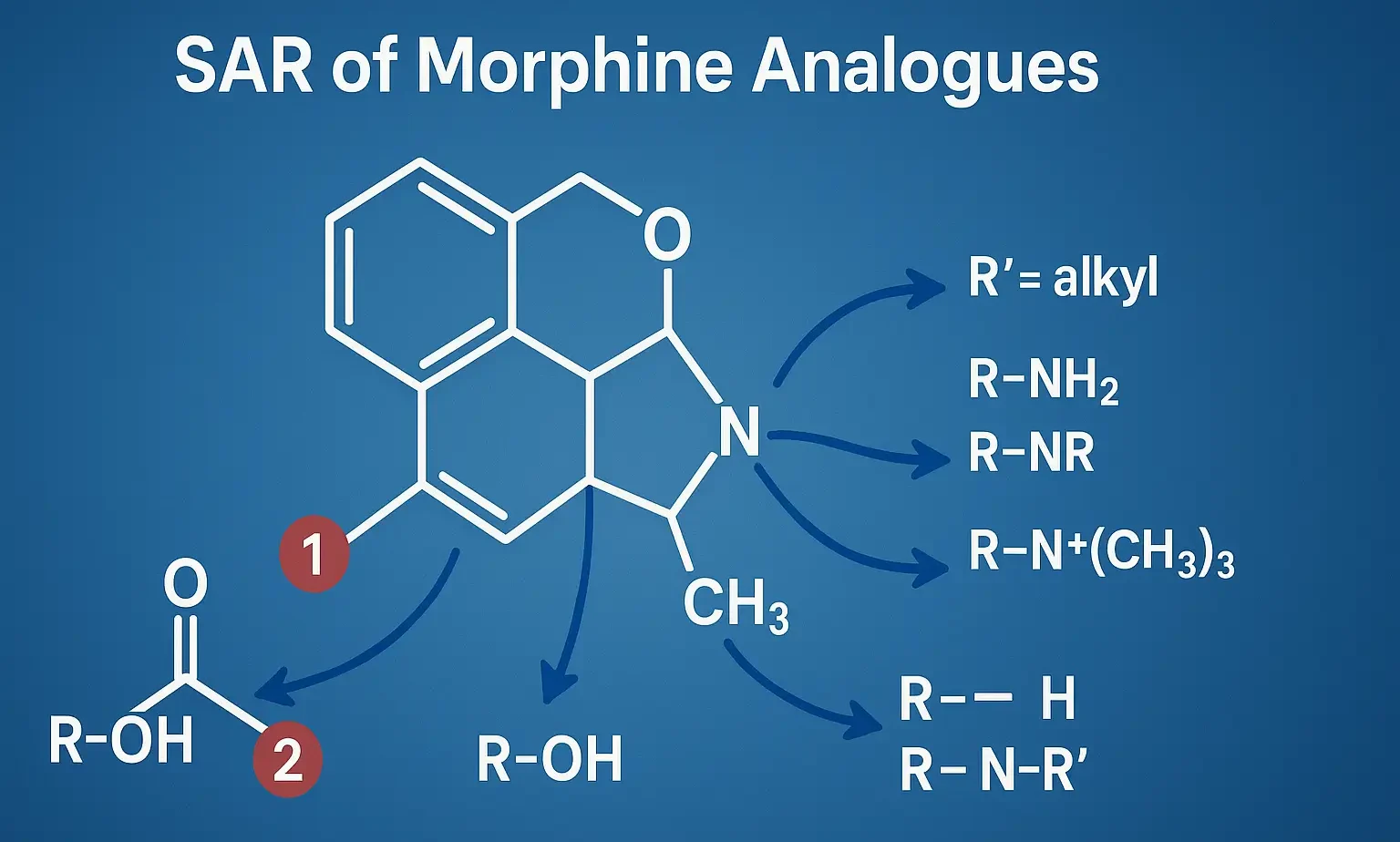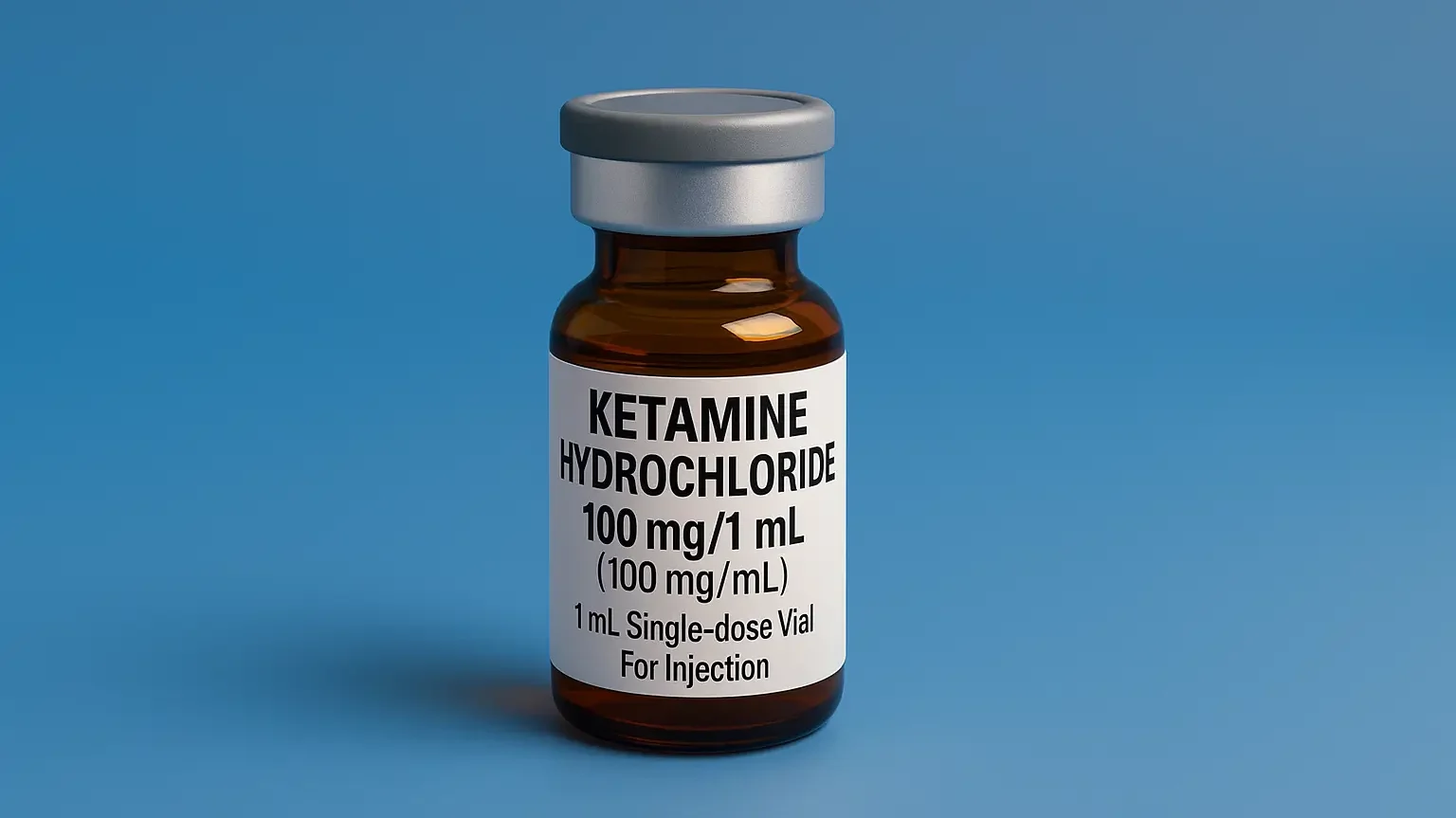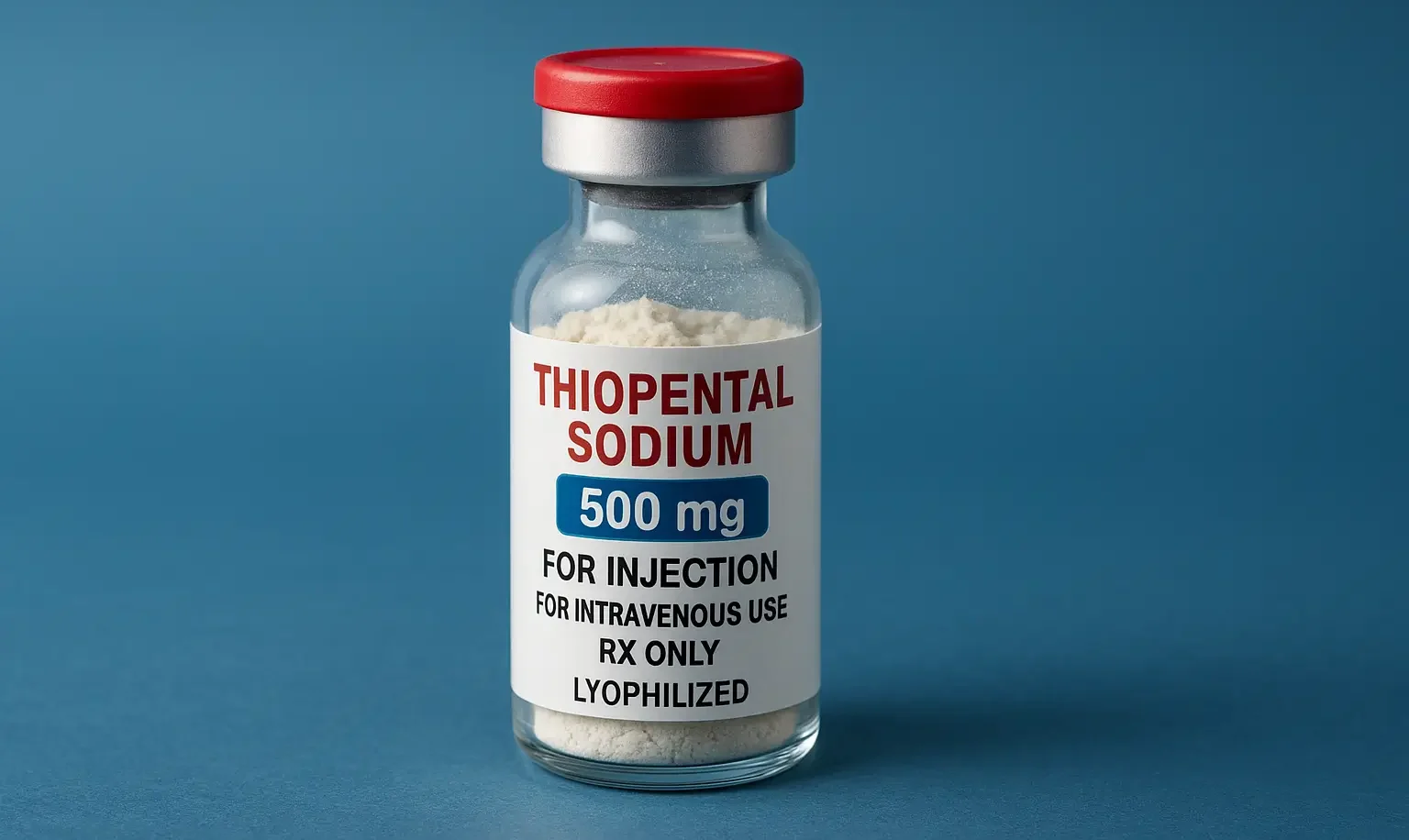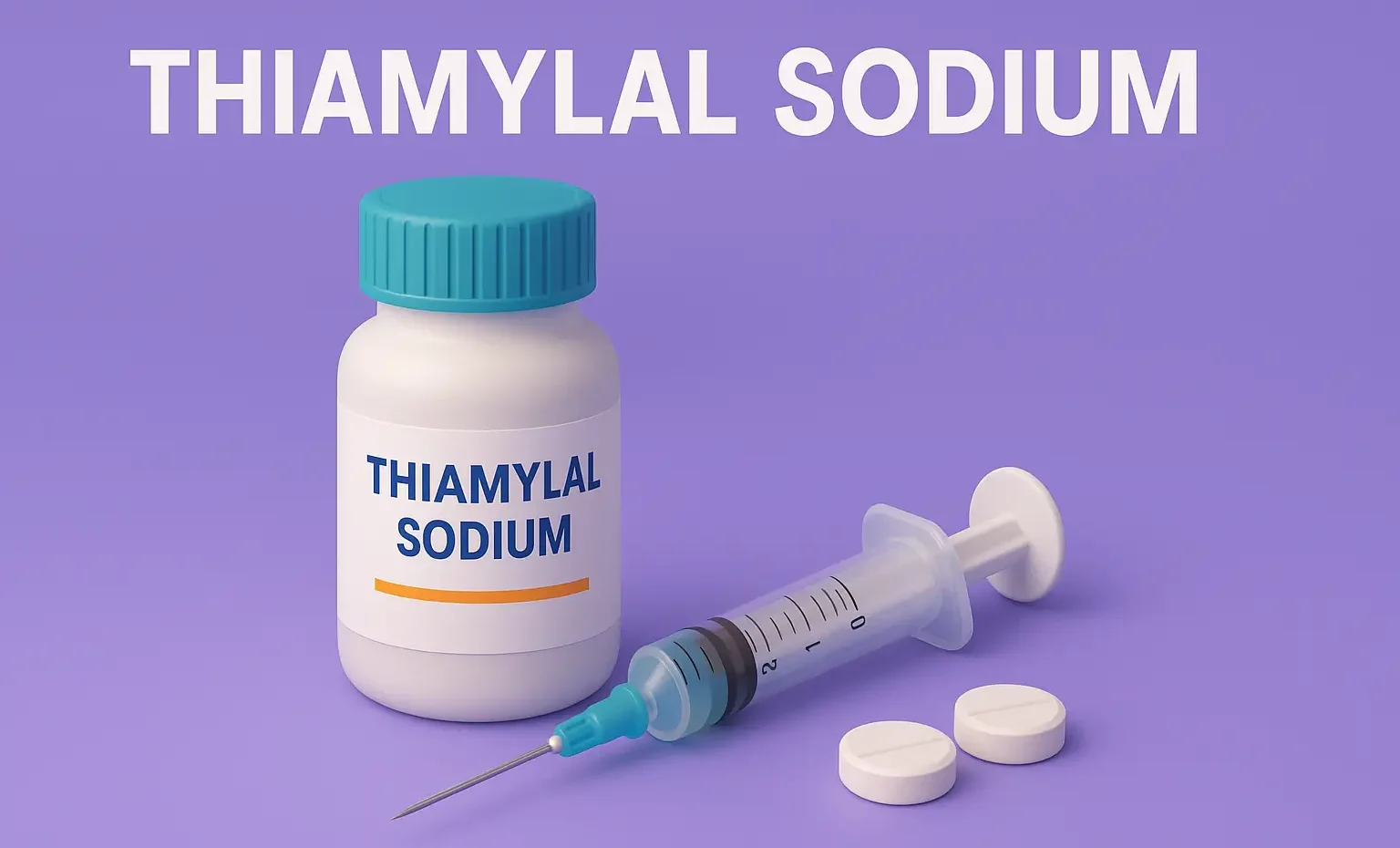D-L System of Nomenclature (Fischer Nomenclature)
D-L System of Nomenclature (Fischer Nomenclature) classifies chiral molecules based on the spatial arrangement of groups around the asymmetric carbon. What is it? The D-L system is a historical method used to designate the configuration of chiral molecules, particularly sugars and amino acids. It is based on the molecule’s similarity to glyceraldehyde, the simplest chiral … Read more


